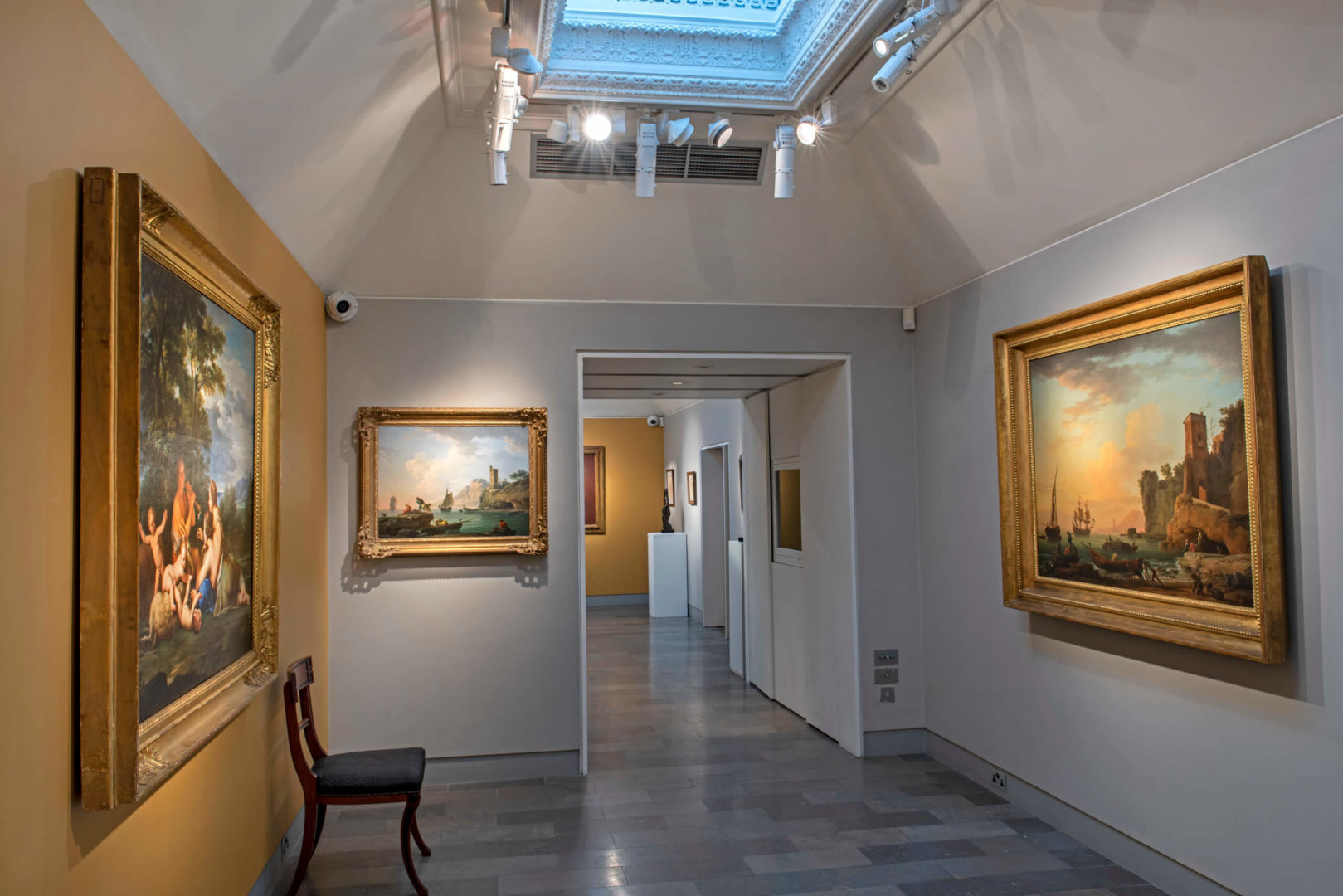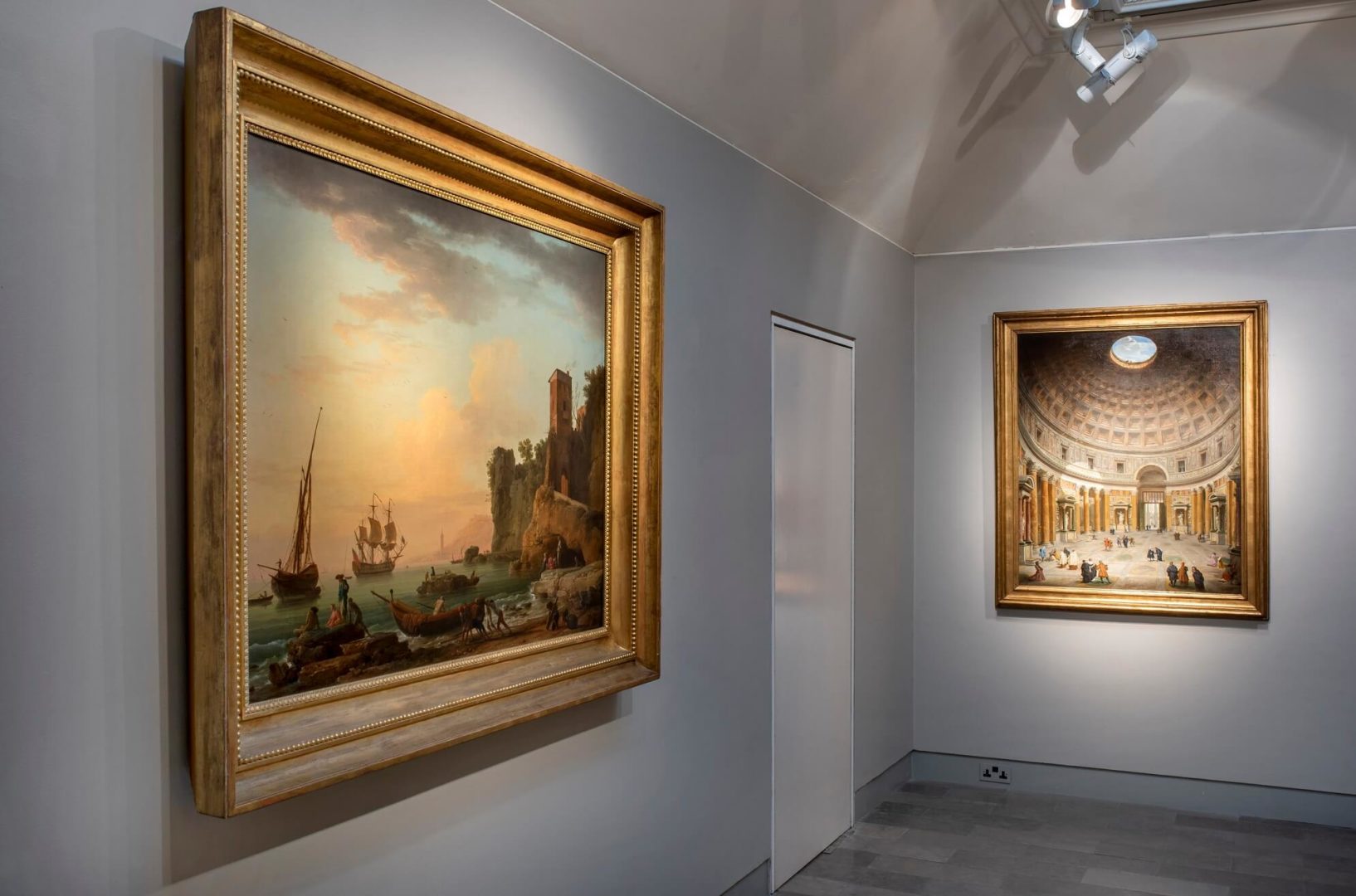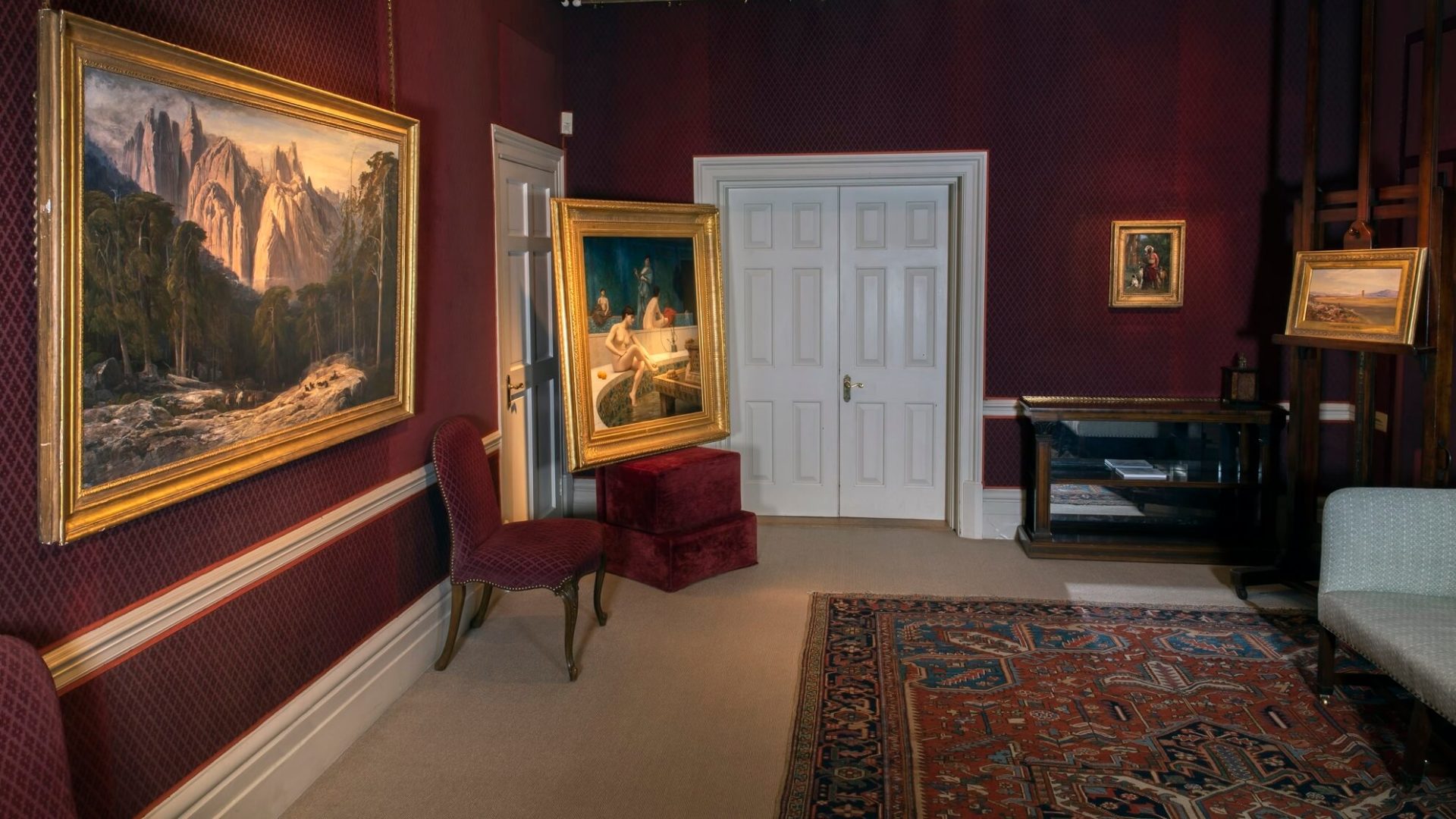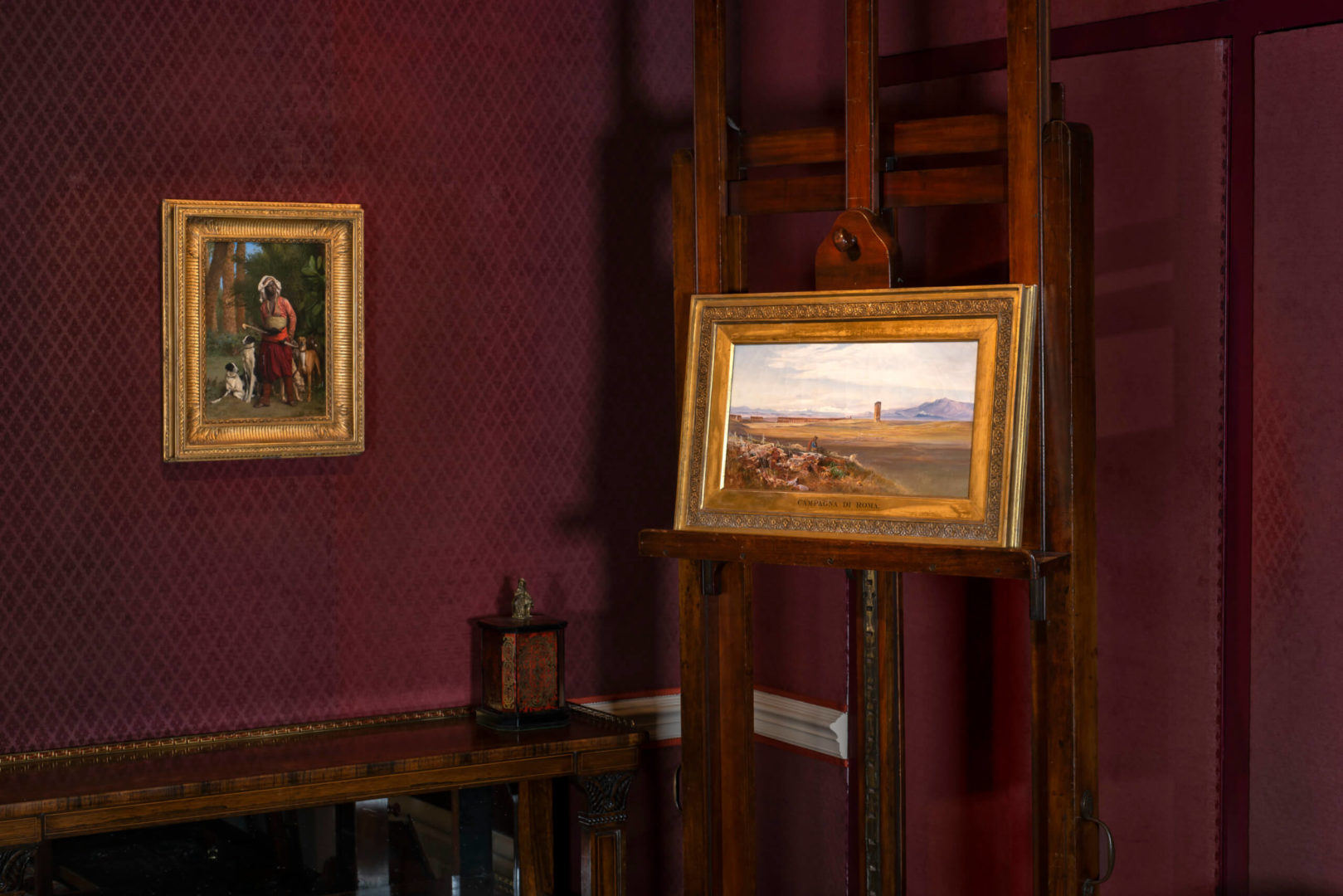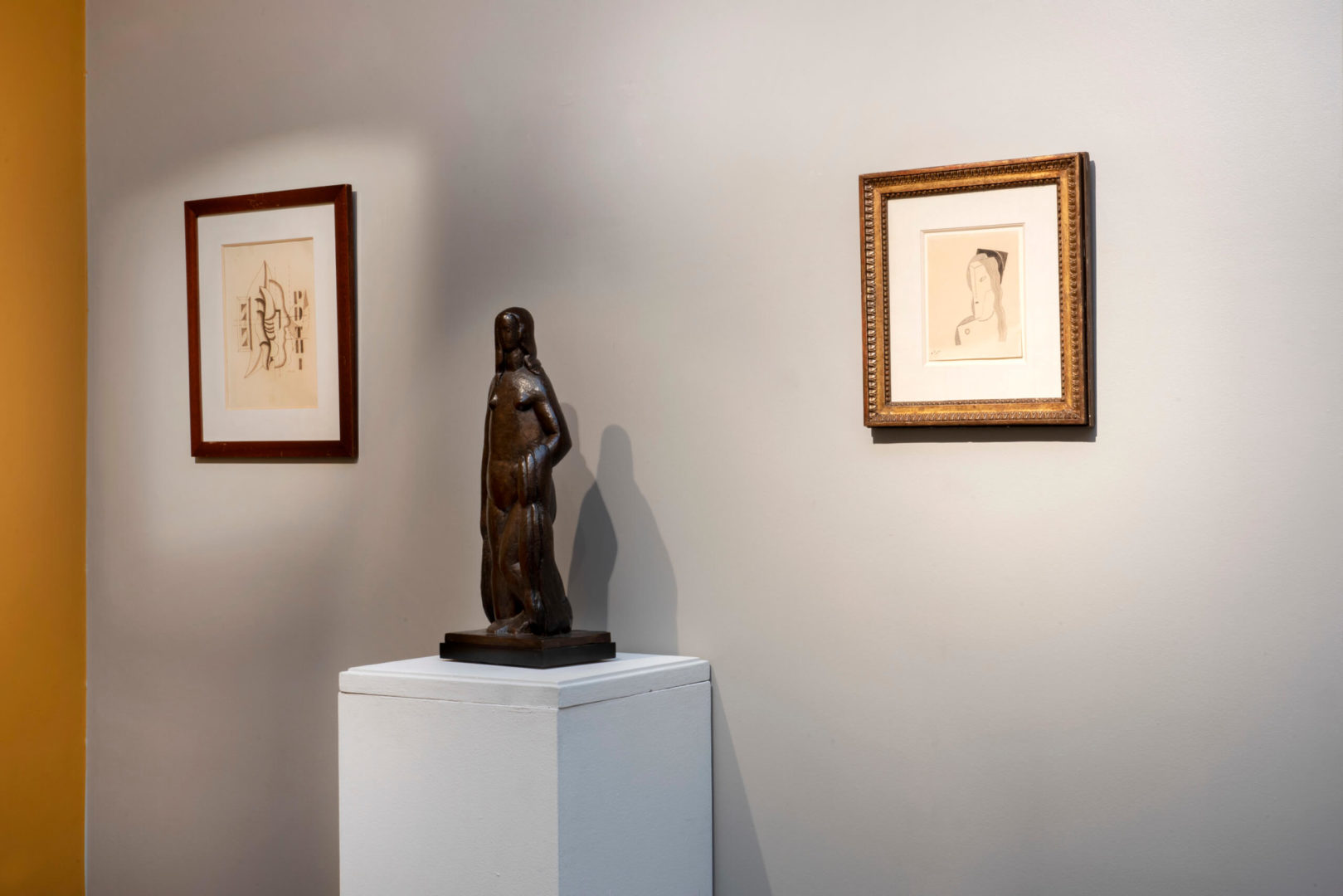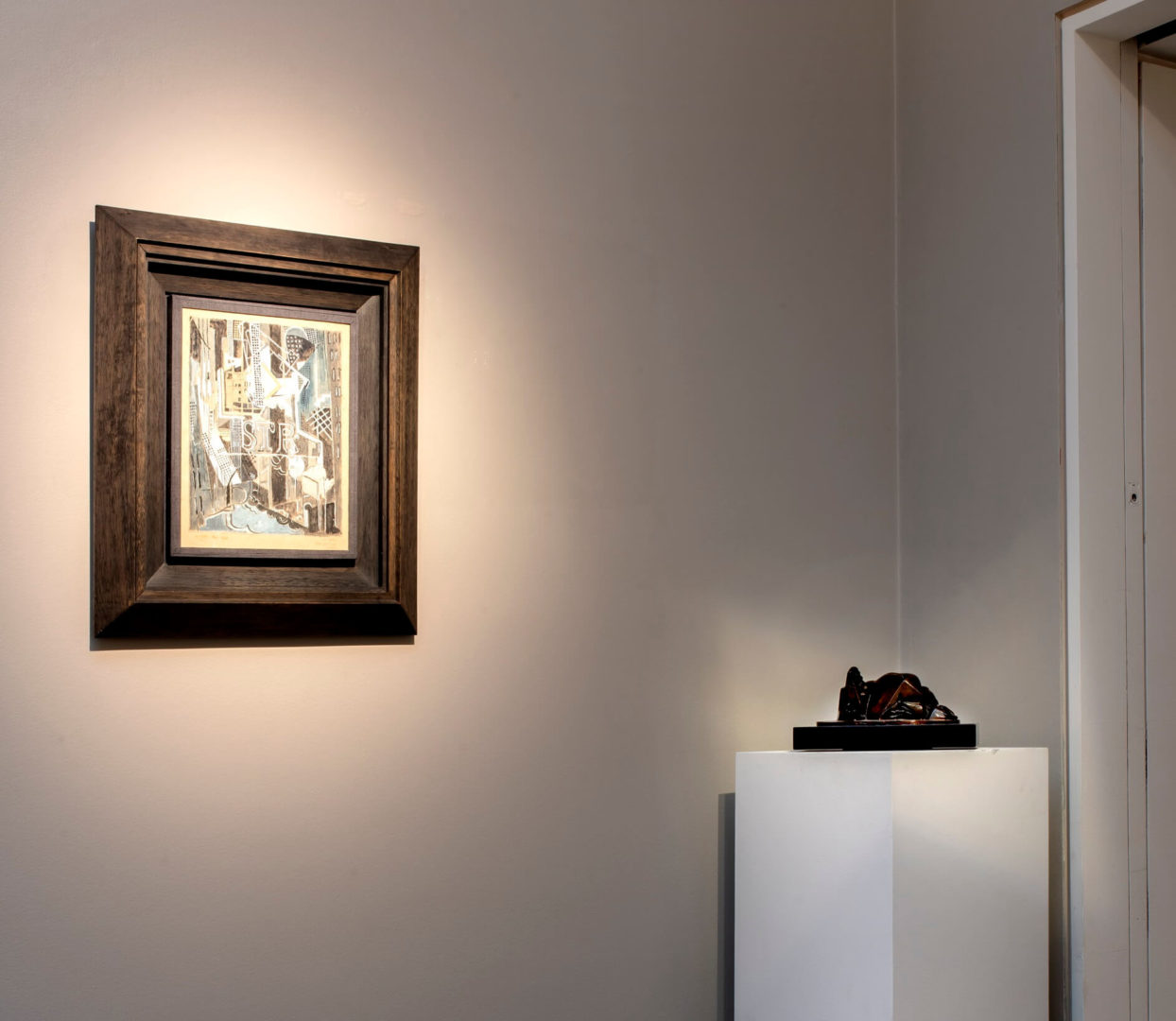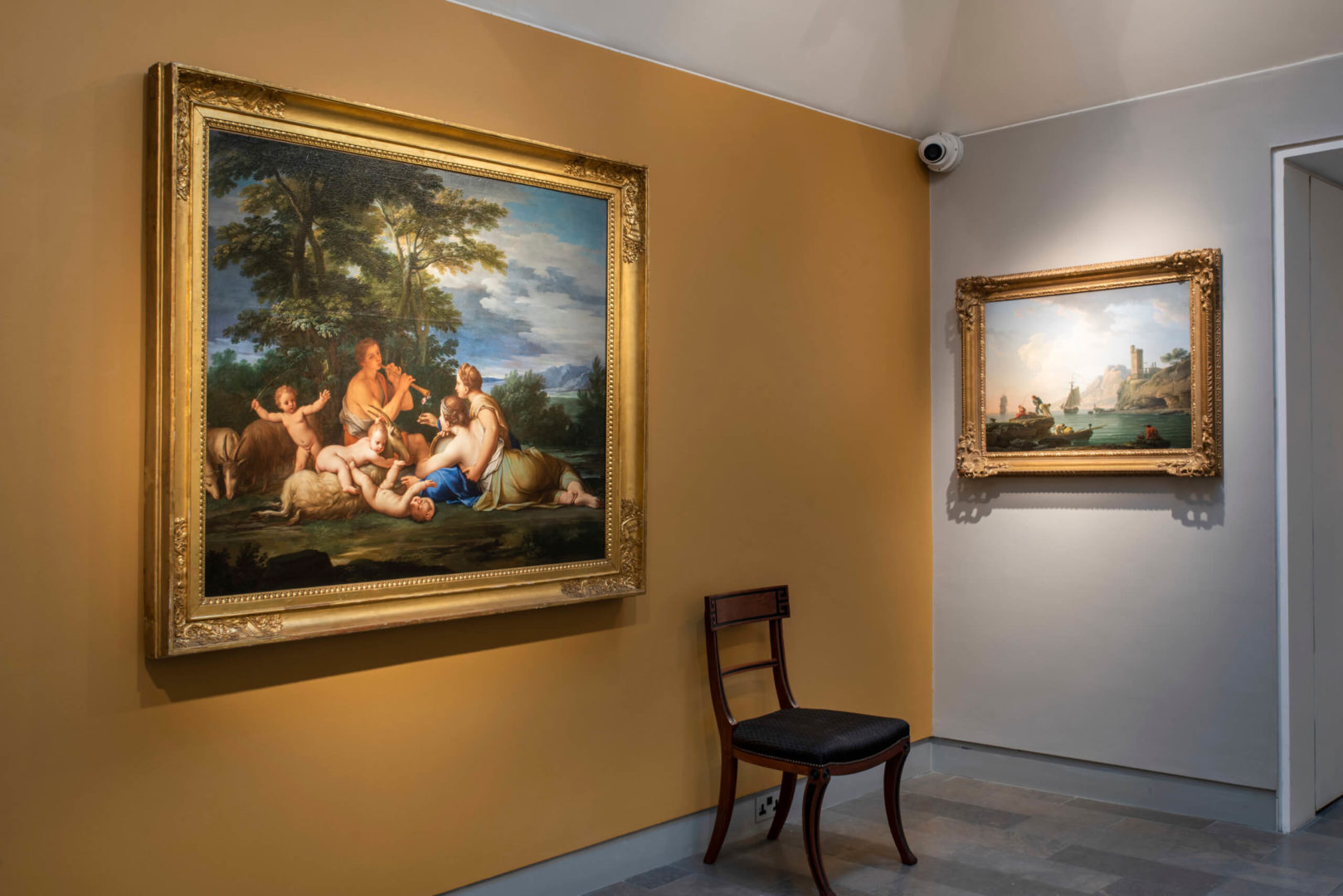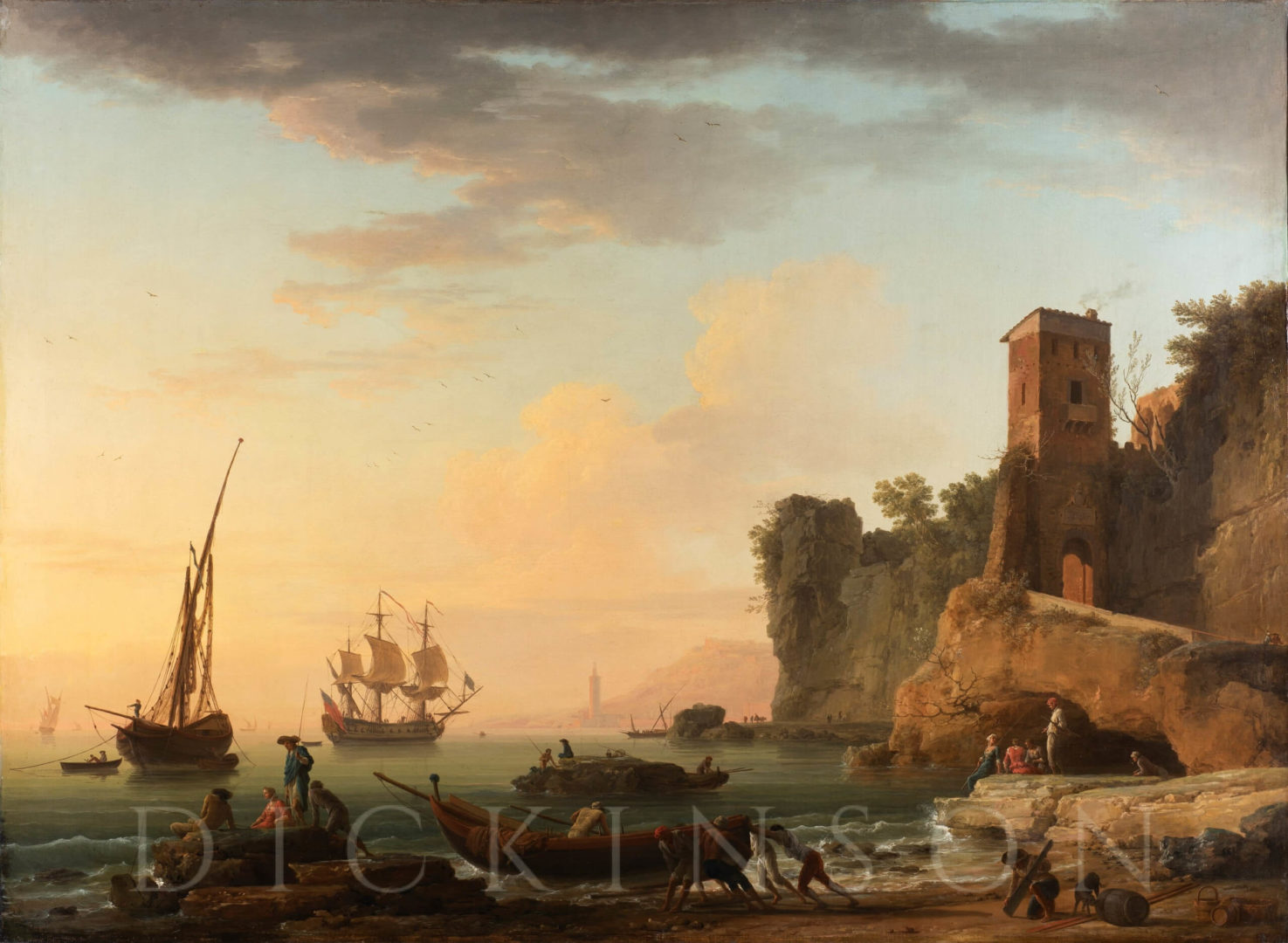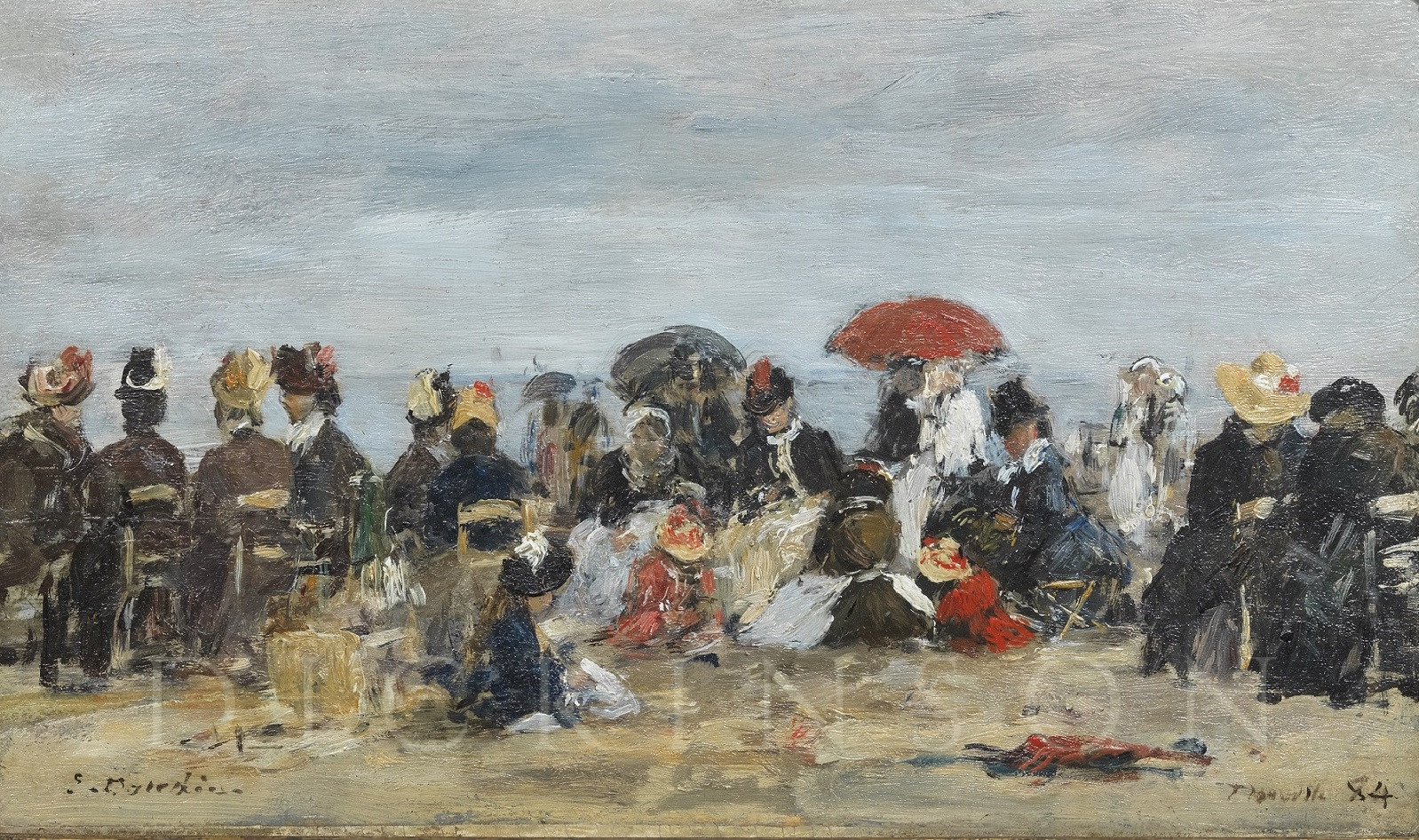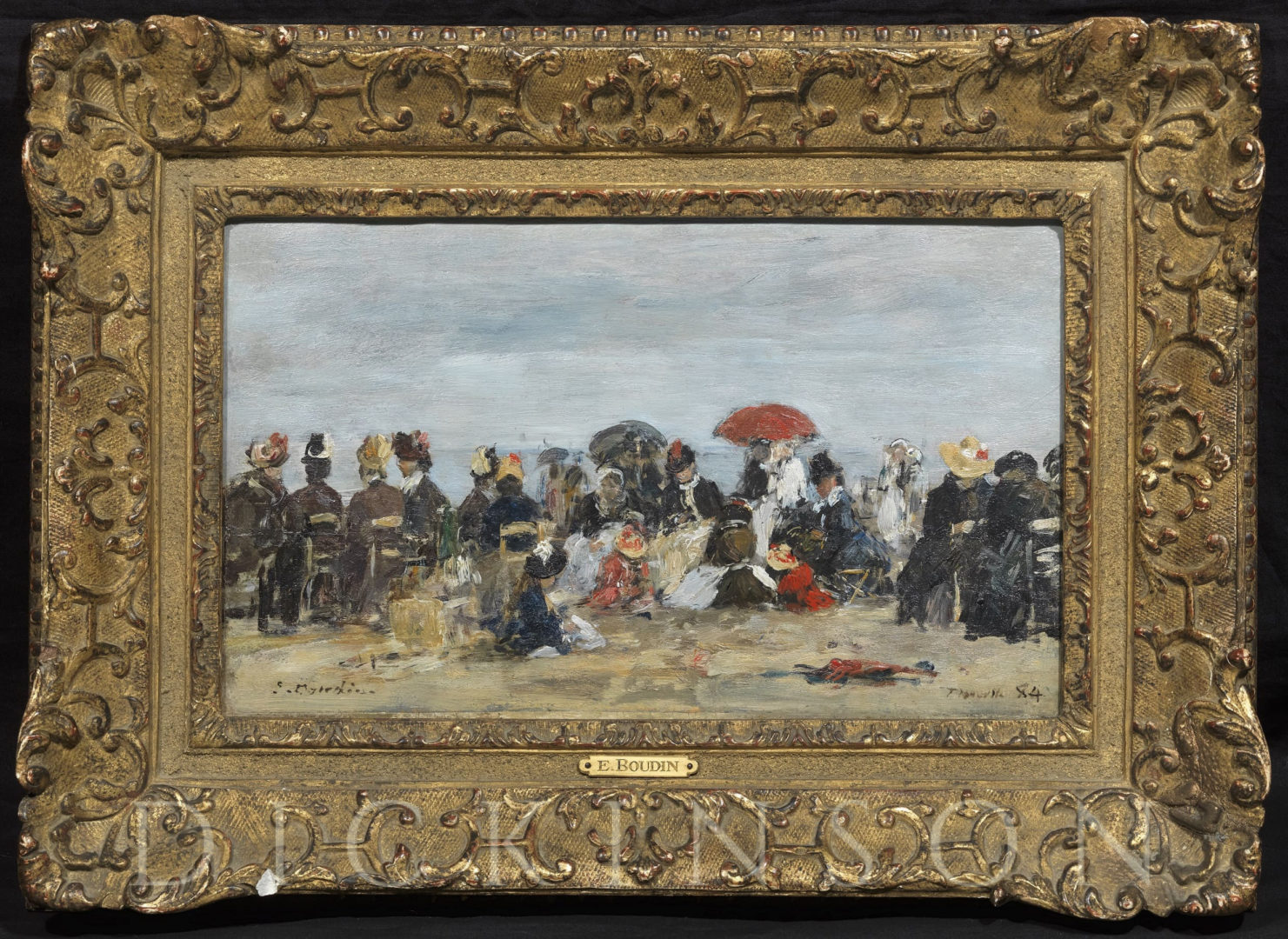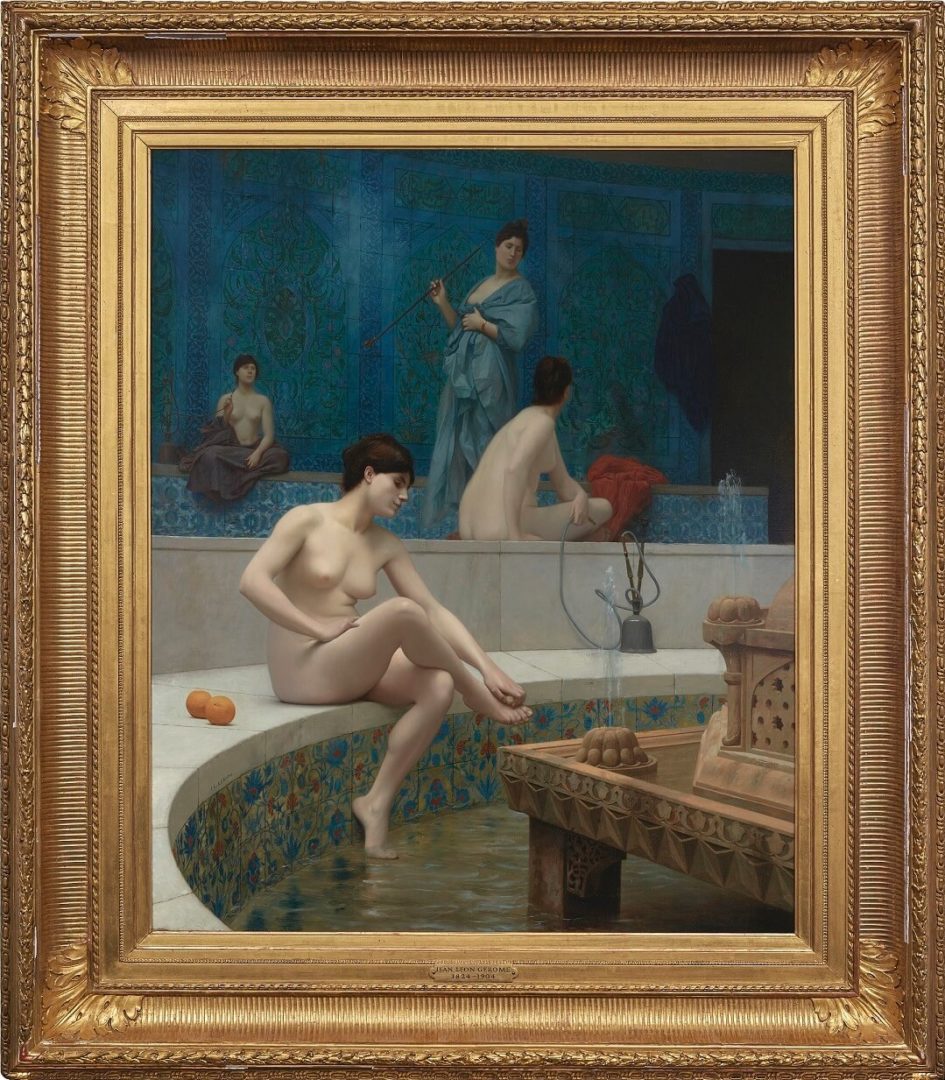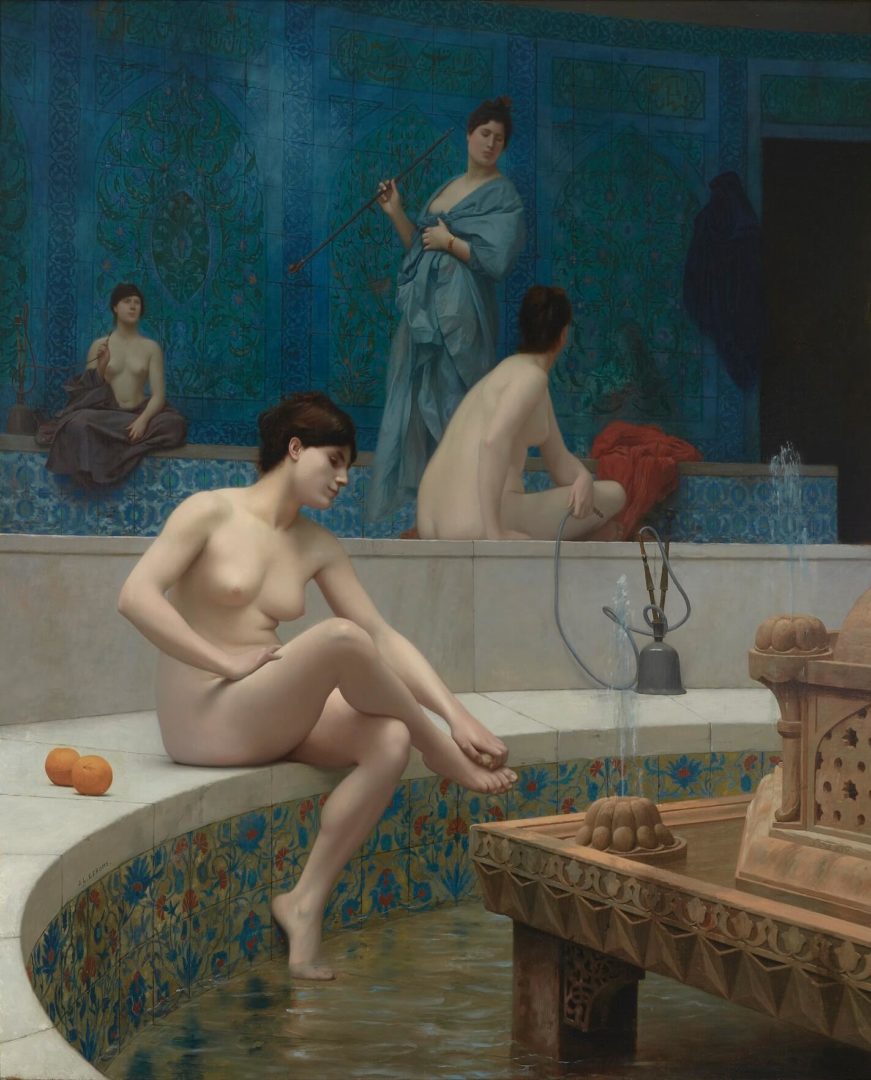The Gallery will partner with Masterpiece and Artsy for this year’s Online Masterpiece Fair. In keeping with Dickinson’s tradition of exhibiting both old and modern masters at the fair, the virtual stand will host Shared Horizons: Celebrating Artists’ Travels, featuring Old Master and 19th Century works; and Cubism: ‘Petits Cubes’, a selection of 20th Century works in the Cubist idiom.
Shared Horizons: Celebrating Artists’ Travels
Artists have historically travelled for a range of reasons, whether to seek new inspiration, to execute commissions or in search of new audiences. In the current world climate, with ongoing limitations on travel, artists’ views of foreign landscapes and cultures – whether topographical or imagined – can transport the viewer to new locations. The earliest of the Old Masters on view, Marcantonio Franceschini’s Pastoral Scene with nymphs and a shepherd (early 17th c.), transports the viewer to a classical Arcadia. Other examples focus on aspects of Grand Tour travel and collecting, including Giovanni Paolo Panini’s Rome, the Pantheon, a view of the interior from 1734. This superb view, currently being sold to benefit a charitable foundation, was commissioned by the English collector William Holbech for his estate, Farnborough Hall in Warwickshire. Claude-Joseph Vernet’s large-scale coastal seascape The Port of Genoa (1752), which boasts noble provenance, was painted just before Vernet returned from Italy to his native France, while his Marine Landscape (1775) was executed from studies and memory.
Continuing into the 19th century, Italophile Edward Lear’s Campagna di Roma (1860) is based on a plein-air sketch of the Roman environs, and his monumental The Forest of Bavella, Corsica (1868) is one of the most important views by Lear to come to the market in recent years. Eugène Boudin’s Trouville, Scène de Plage (1884) offers additional views of France. Two paintings by the great Orientalist Jean-Léon Gérôme, The Master of the Hounds (1871) and Baigneuses du Harem (1901), take us even further afield, courtesy of an effective combination of travel sketches, photographs, and the artist’s vivid imagination.
Cubism: ‘Petits Cubes’
In the adjacent virtual room, Cubism showcases paintings, drawings and sculptures by the originators of the movement, including Picasso and Juan Gris. Picasso is represented by a highly important, large-scale still life, Mandoline et portée de musique (1923/24), painted in the South of France. Its illustrious provenance includes such names as Paul Rosenberg, G. David Thompson and Ernst Beyeler, among others. This will be joined by four works by Juan Gris.
Two table-top bronzes by Henri Laurens, the early, angular Femme couchée au miroir (1922) and later, more curved Femme à la draperie (1928), illustrate the evolution of Laurens’s style. The artist is also represented by a work on paper, Buste de femme au collier de perles (1920). Cubism is rounded out by two additional works on paper: Fernand Léger’s lively drawing Coquillages et Profil (1928); and Albert Gleizes’s Downtown (1916), in which the New York Metropolis inspired him to approach abstraction without severing all ties to representation.

